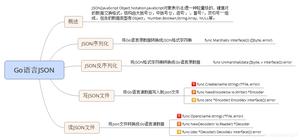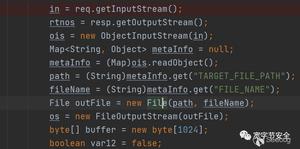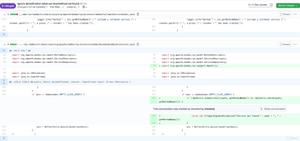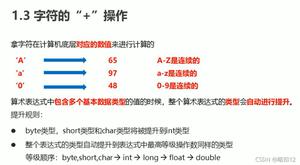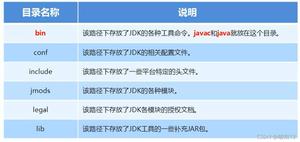JAVA_序列化和反序列化

package com.kk.review;
import java.io.FileInputStream;
import java.io.FileOutputStream;
import java.io.IOException;
import java.io.ObjectInputStream;
import java.io.ObjectOutputStream;
import java.io.Serializable;
public class SerializableTest {
public static void main(String[] args) {
try{
ObjectOutputStream oos=new ObjectOutputStream(new FileOutputStream("Employee"));
Employee me=new Employee("kk",22,7788.99);
oos.writeObject(me);
oos.close();
ObjectInputStream ois=new ObjectInputStream(new FileInputStream("Employee"));
Employee review=(Employee) ois.readObject();
System.out.println(review.getSalary());//输出0.0,这是double的初始化默认值,故没有被序列化
}catch(IOException ioe){
ioe.printStackTrace();
}catch(ClassNotFoundException cfe){
cfe.printStackTrace();
}
}
}
class Employee implements Serializable {
private static final long serialVersionUID = 7404853604198492990L;
private String name;
private int age;
private transient double salary; //transient:透明的,也就是不被序列化
public Employee() {
}
public Employee(String name, int age, double salary) {
this.name = name;
this.age = age;
this.salary = salary;
}
private void writeObject(ObjectOutputStream oos){
System.out.println("这个方法将在序列化时前被执行,可以用来对字段操作,例如加密");
}
private void readObject(ObjectInputStream ois){
System.out.println("这个方法将在反序列化时后被执行,可以用来对字段操作,例如解密");
}
public int getAge() {
return age;
}
public void setAge(int age) {
this.age = age;
}
public String getName() {
return name;
}
public void setName(String name) {
this.name = name;
}
public double getSalary() {
return salary;
}
public void setSalary(double salary) {
this.salary = salary;
}
}
以上是 JAVA_序列化和反序列化 的全部内容, 来源链接: utcz.com/z/392092.html

